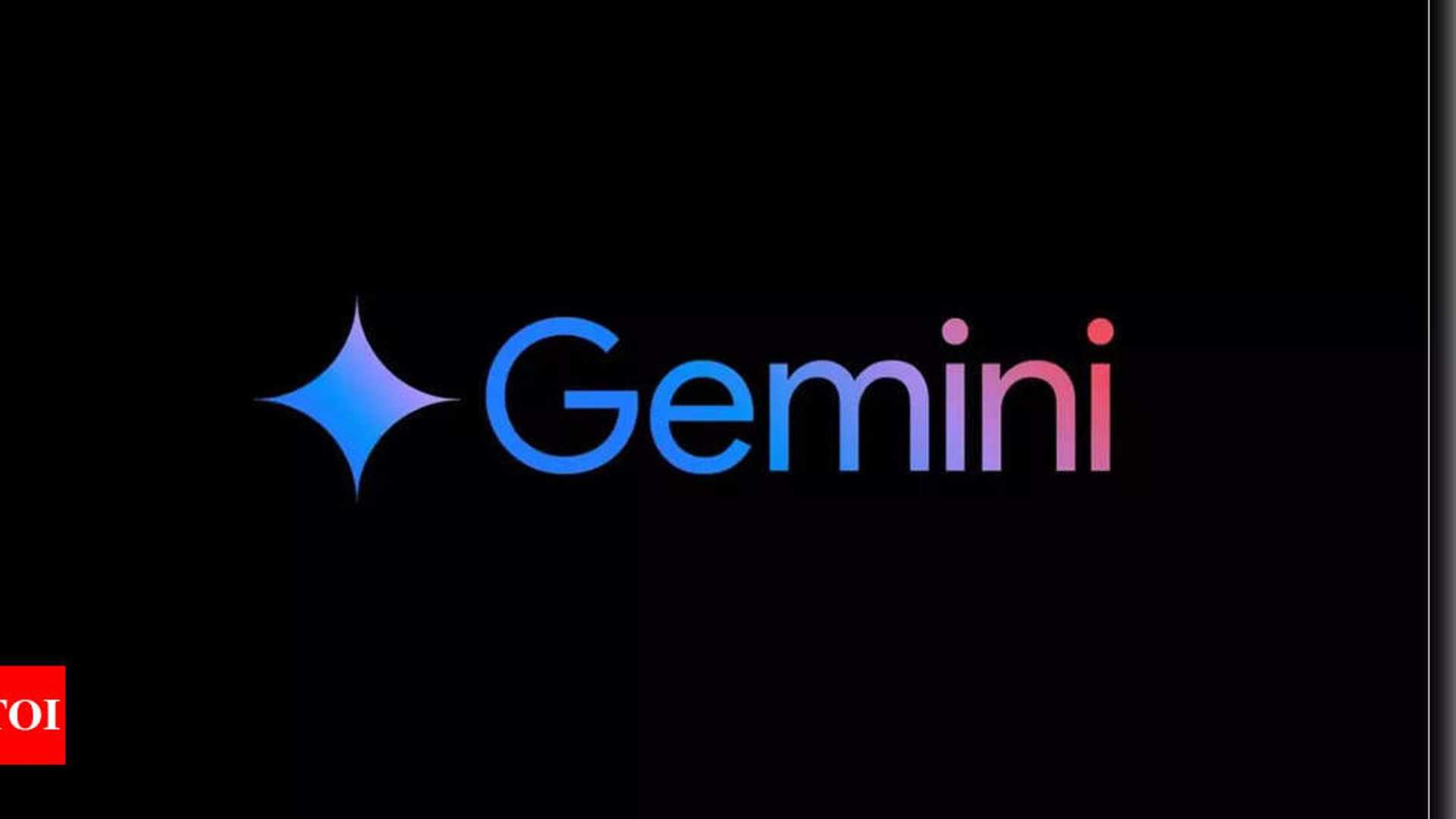Google's AI model, known as BERT, has been making waves in the tech world, but have you ever stopped to wonder how it got its name? In this article, we will dive into the origins of Google's AI model name.
The Origins of BERT
The Bidirectional Encoder Representations from Transformers (BERT) model was introduced by Google in 2018. The name "BERT" itself comes from the concept of bidirectionality in natural language processing. This model revolutionized the way AI understands and processes human language, leading to significant advancements in various applications.
Impact on Search Engines
One of the most notable applications of BERT is its integration into Google's search engine algorithm. By leveraging BERT, Google is able to provide more accurate and relevant search results to users, particularly for longer, more conversational queries. This has greatly improved the search experience for millions of users worldwide.

BERT's Evolution
Since its initial release, Google has continued to refine and enhance the BERT model, introducing updates and improvements to further optimize its performance. The continuous evolution of BERT underscores Google's commitment to advancing AI technologies and improving user experiences.
Conclusion
In conclusion, the name "BERT" for Google's AI model is not just a random choice, but rather a reflection of its bidirectional nature and innovative approach to natural language processing. As Google continues to push the boundaries of AI capabilities, BERT remains a key player in shaping the future of technology and artificial intelligence.





















